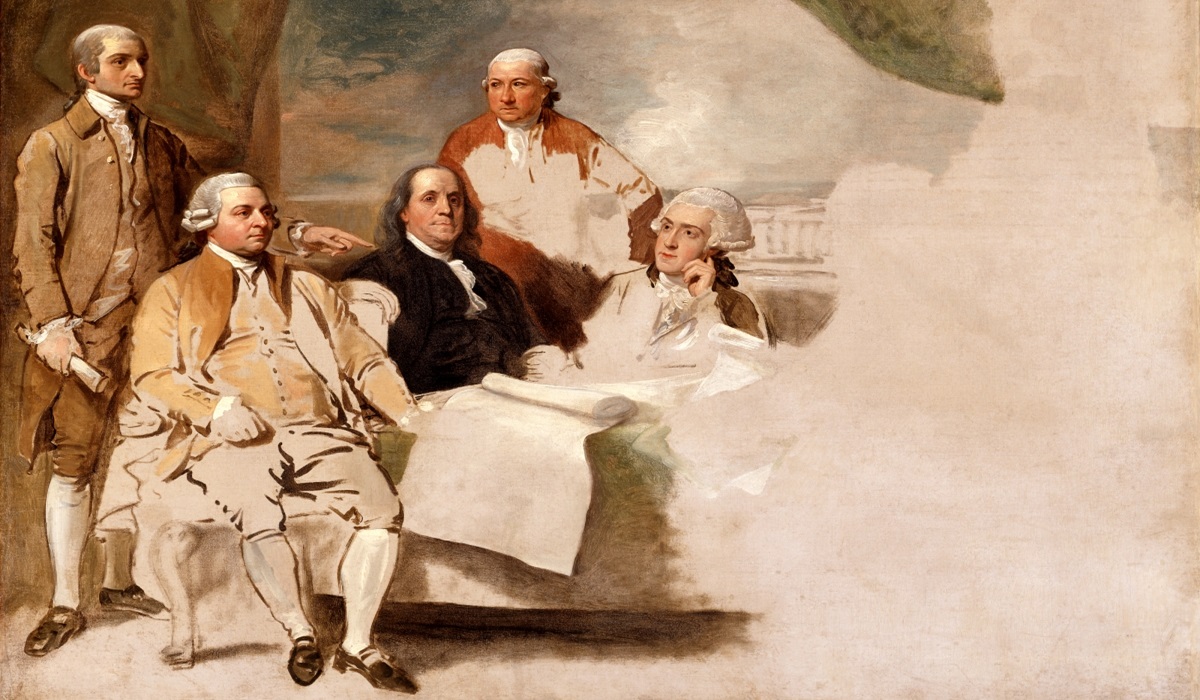The Forgotten Republic: How Indian Stream Defied Empires and Drew Its Own Borders
- Ingrid Jones
- Forgotten History
- U.S.A
- April 8, 2025

Image Credit
The Republic of Indian Stream was one of those strange and fascinating footnotes in early American history that exposes just how messy borders and sovereignty could be in the post-Revolutionary War era. It existed from 1832 to 1835 in what is now northern New Hampshire, and its story is a case study in geopolitical confusion, local defiance, and international ambiguity.
The Republic of Indian Stream came into existence because of a poorly defined boundary in the 1783 Treaty of Paris, which ended the American Revolutionary War. The treaty attempted to draw a line between British Canada and the United States, but in the wild, mountainous terrain of northern New England, the descriptions were vague. The treaty mentioned that the boundary should follow the “northwesternmost head of the Connecticut River,” but early maps couldn’t agree on where that head actually was. As a result, a wedge of land—nearly 300 square miles—between the Connecticut River and the highlands to the east became disputed territory, with both the United States and Great Britain (via Lower Canada) claiming sovereignty.
Caught in this limbo were the settlers of Indian Stream, a hardy group of frontiersmen and farmers who found themselves under competing claims of jurisdiction. The U.S. state of New Hampshire attempted to tax them. So did the British authorities in Canada. Tired of the tug-of-war and the threat of being arrested no matter which side they listened to, the residents declared their independence in 1832, forming the Republic of Indian Stream.
They drafted their own constitution, created a government, and essentially operated as a micro-nation. But their independence wasn’t about ideological rebellion; it was about survival and autonomy in a bureaucratic gray zone. They didn’t want to fight anyone—they just wanted to live without being harassed by tax collectors or hauled across the border for trial.
However, the experiment didn’t last. In 1835, tensions rose when New Hampshire sent a sheriff into Indian Stream to arrest a local man, prompting Canadian authorities to do the same. Eventually, the U.S. flexed its muscle by sending a militia to assert control, and Indian Stream formally agreed to come under New Hampshire’s jurisdiction. Still, the larger boundary issue remained unresolved.
It wasn’t until 1842, with the signing of the Webster-Ashburton Treaty, that the U.S. and Britain finally settled the border dispute for good. The territory that had briefly been the Republic of Indian Stream was formally recognized as part of the United States.
In the end, Indian Stream went from a no-man’s-land to a self-declared republic to a quiet part of New Hampshire, but its short life as an independent nation remains a quirky and revealing episode in the history of border politics. It shows that sometimes, people caught in the crosshairs of empire carve out their own rules—not for power, but just to make it through the chaos.








